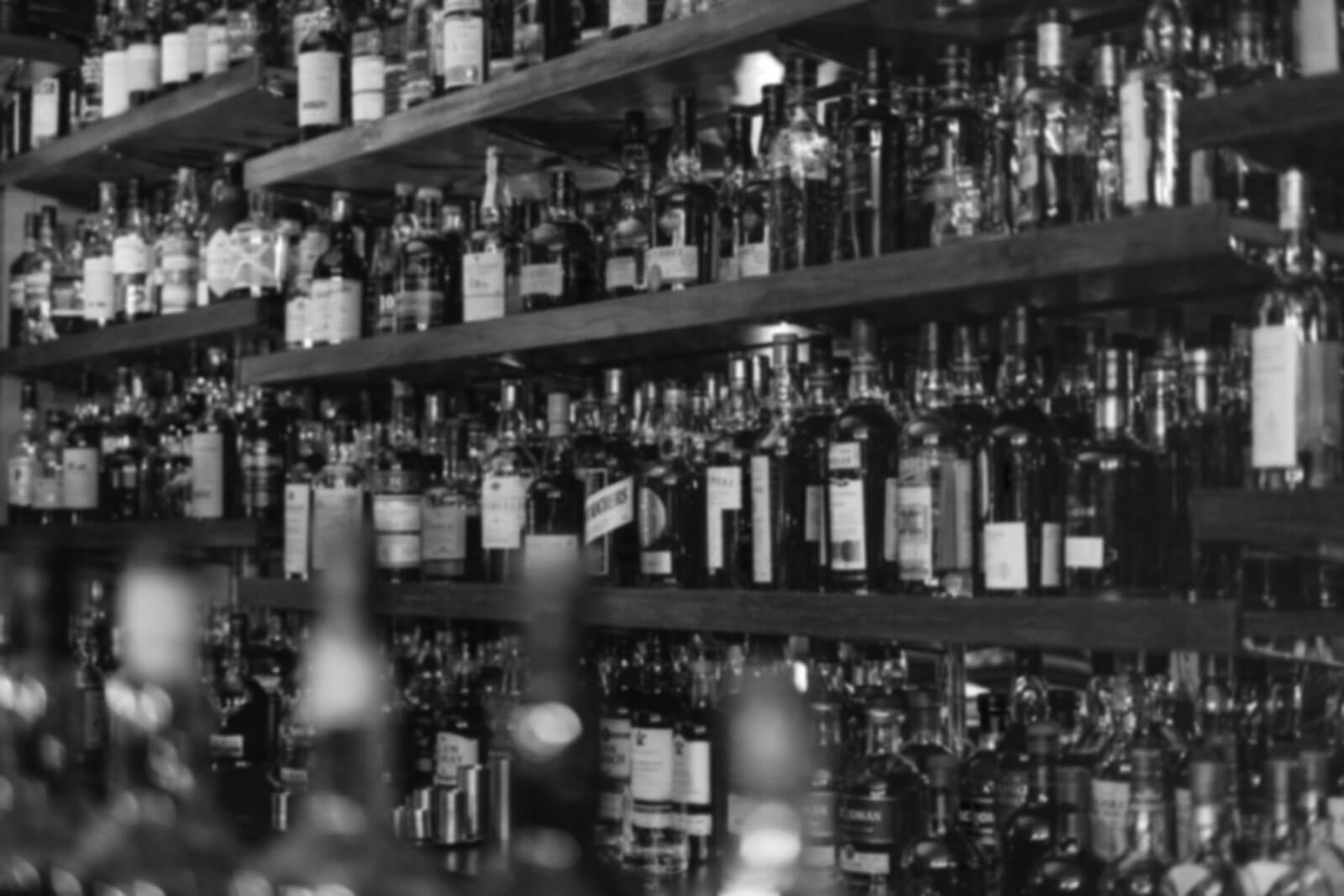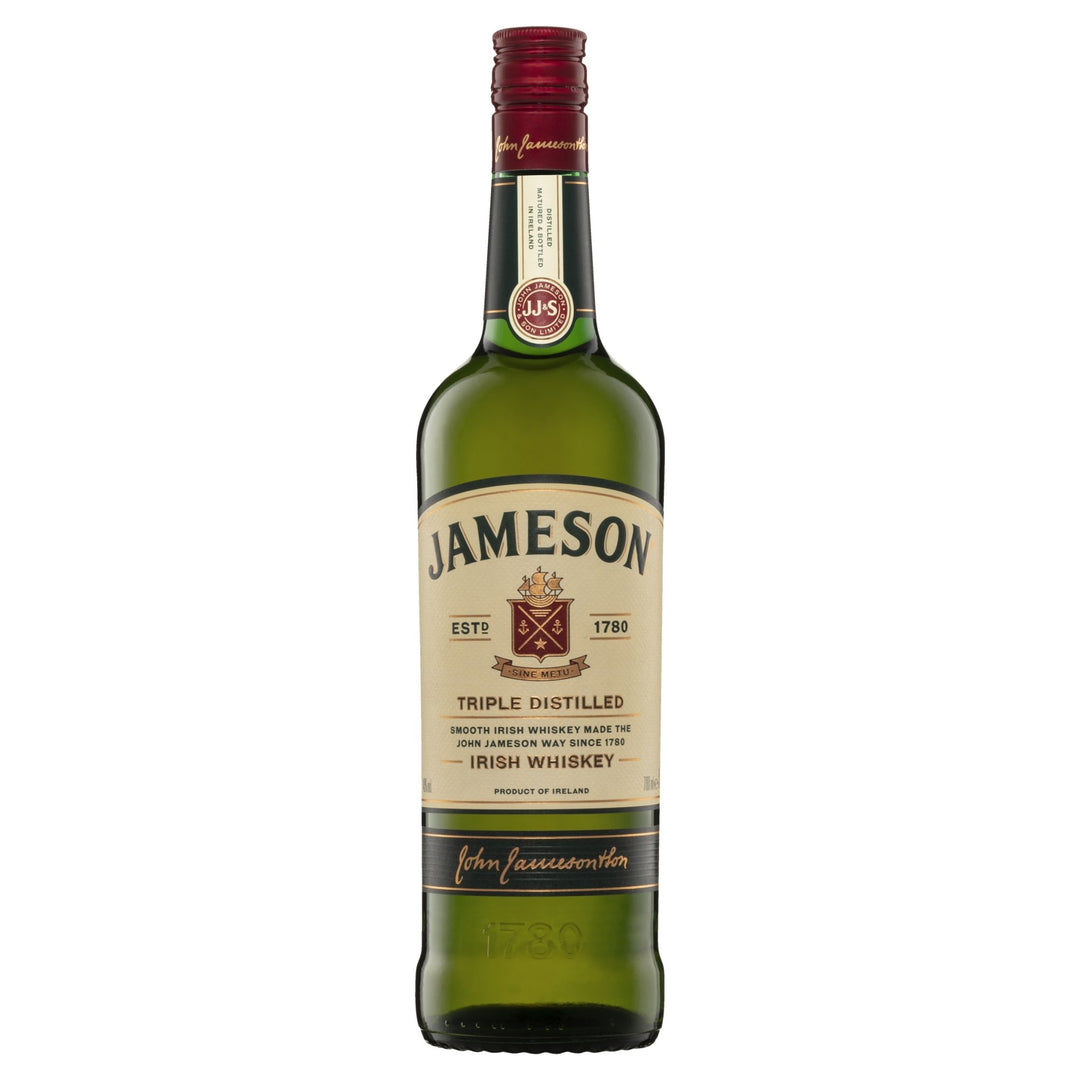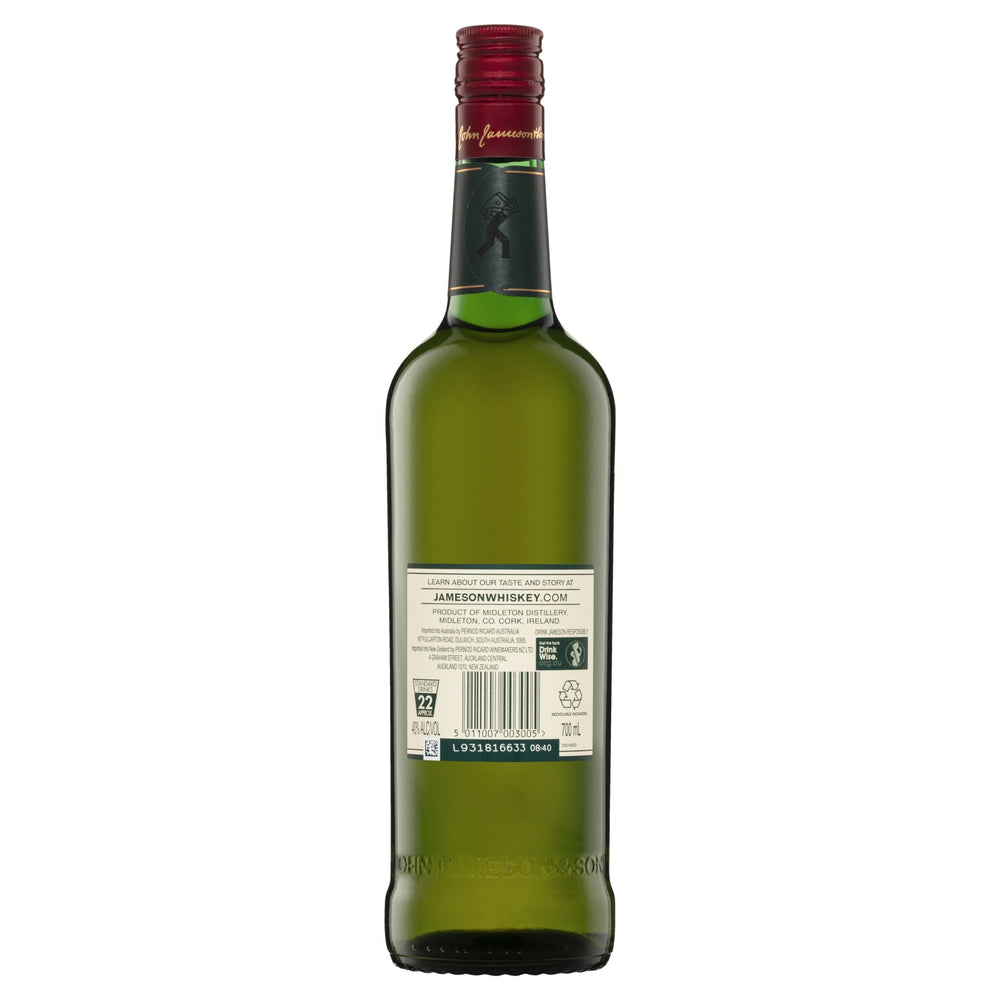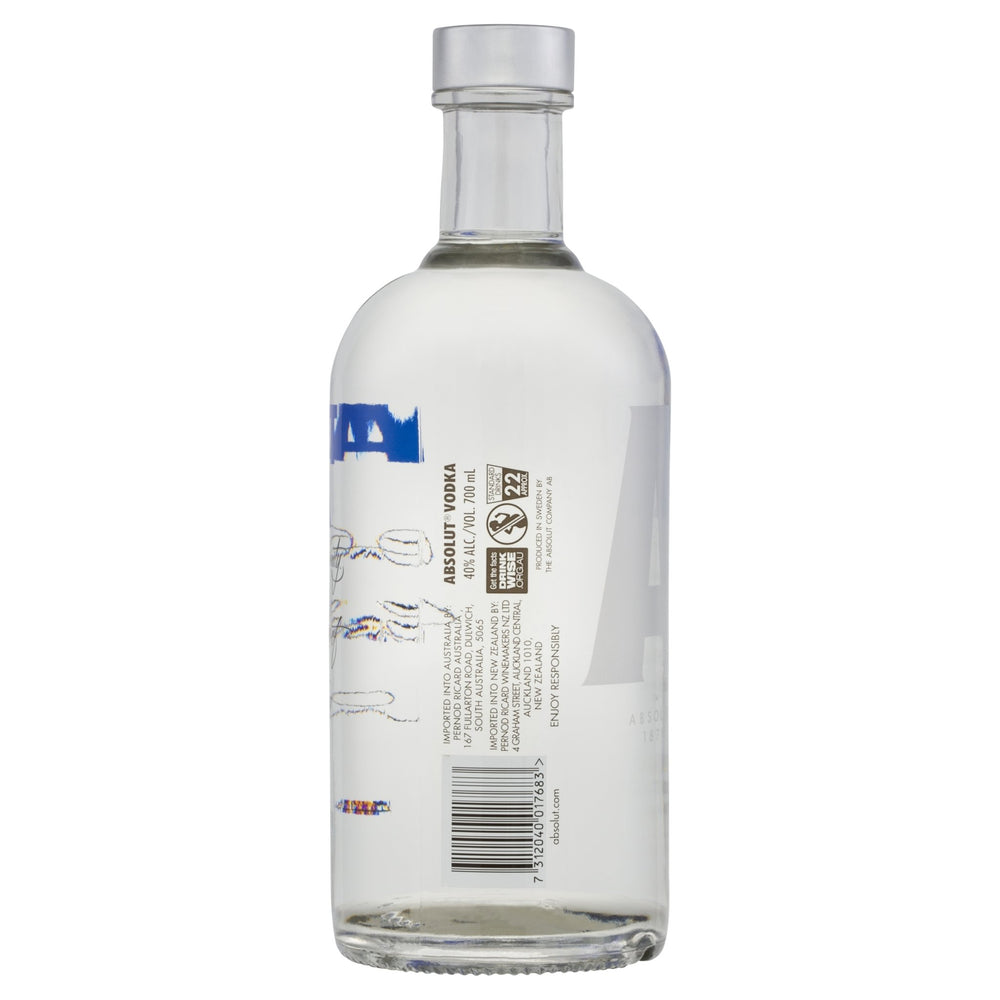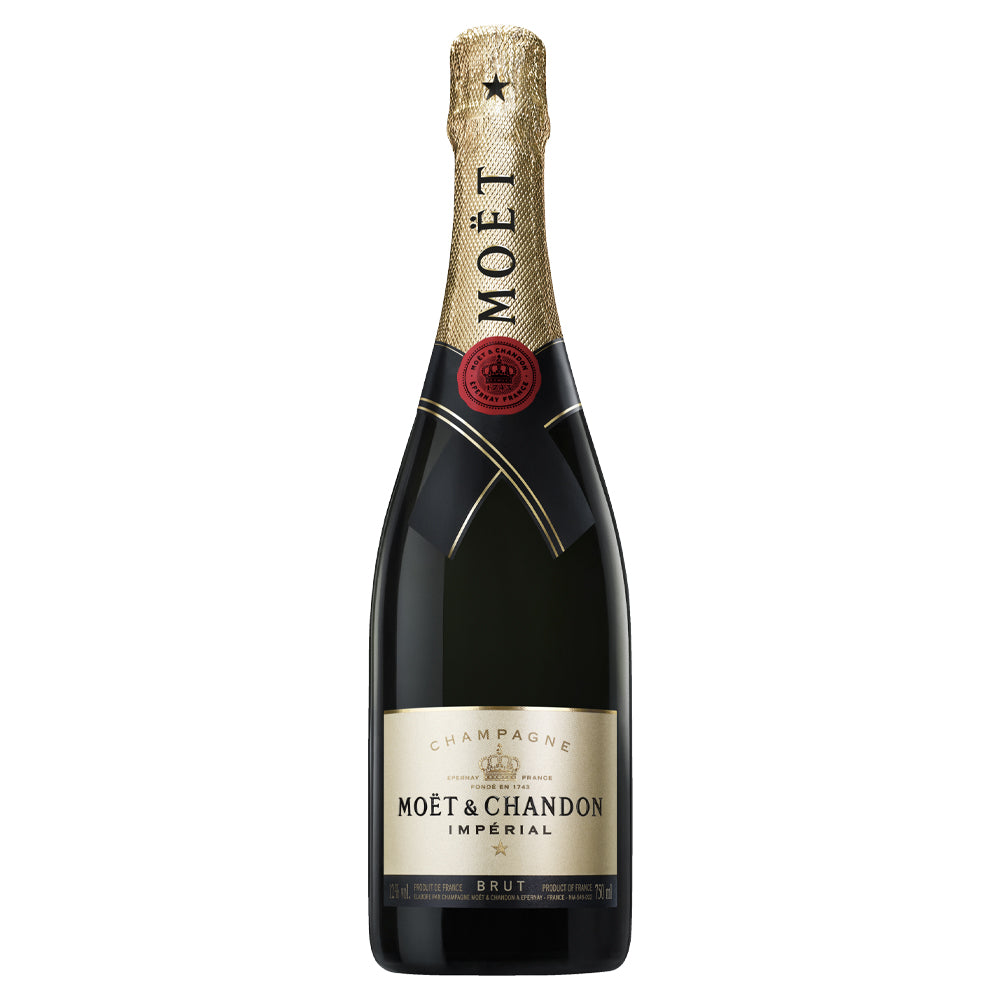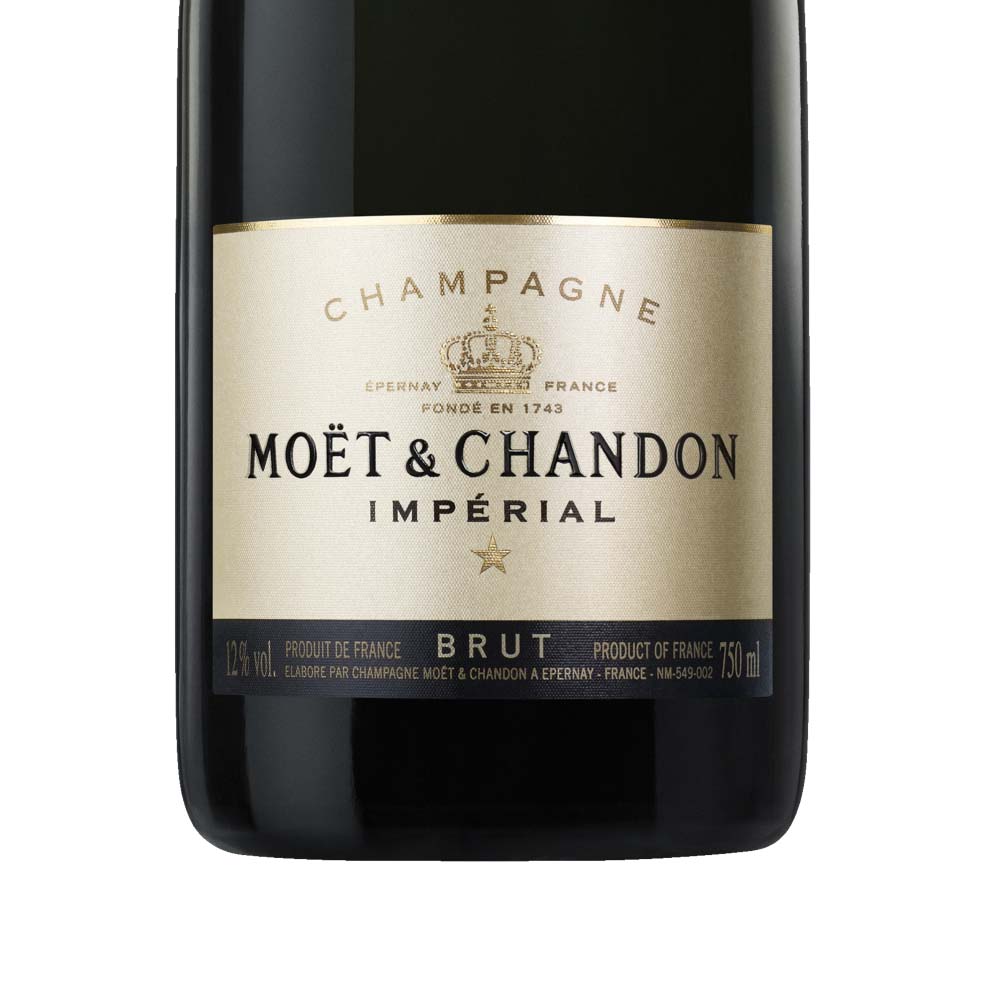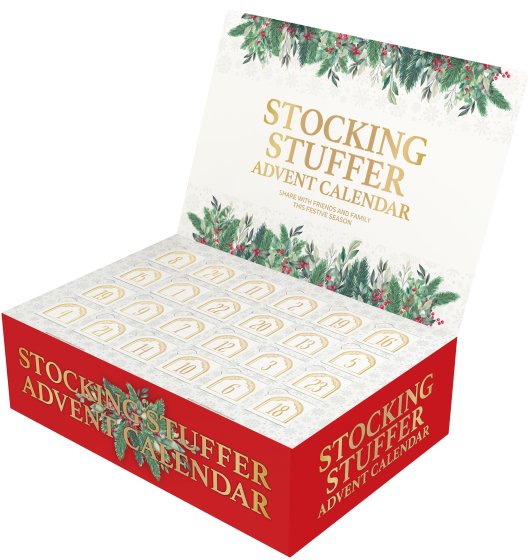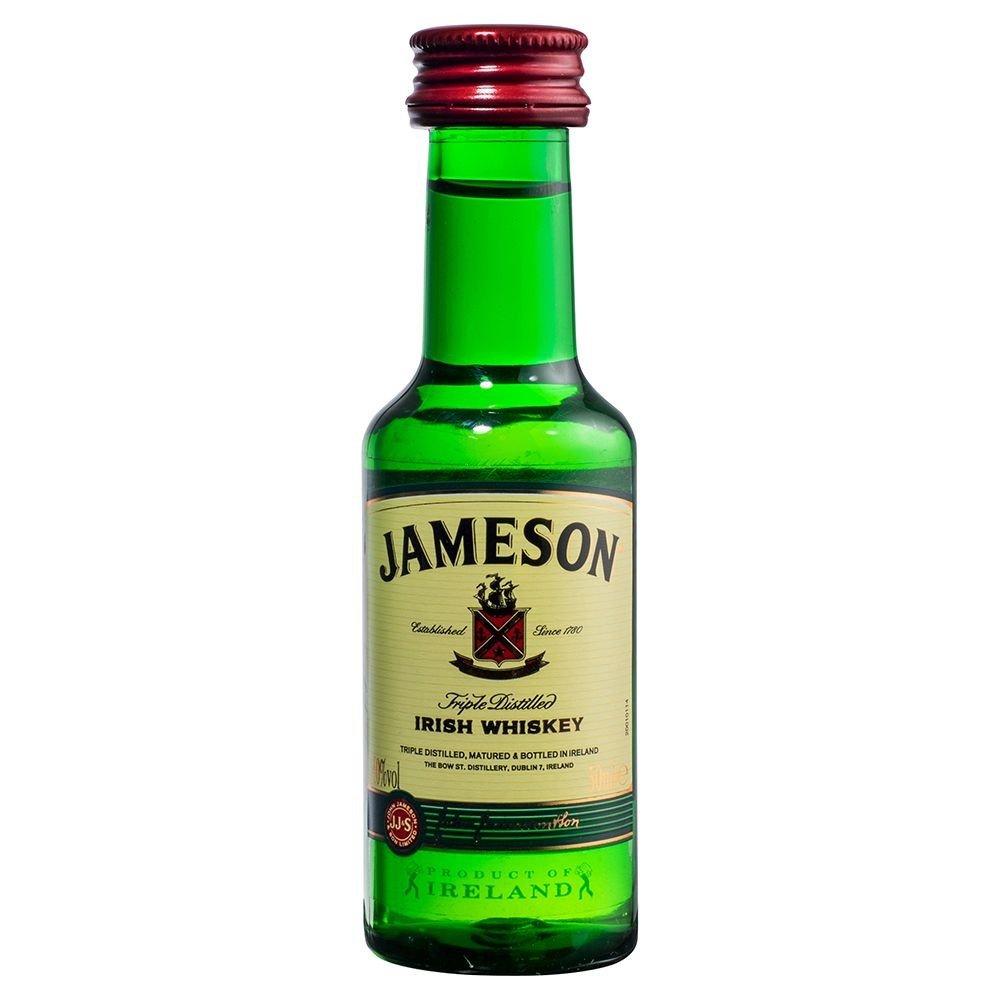Temperature tips for storing wine at home
You don’t need to have a large budget and build a state-of-the-art wine cellar. Wine Temperature is really the most important factor—everything else is secondary. The optimal temperature for storing wine ranges from 11°C to 20°C. Exposure over time to anything higher can be detrimental to the wine. Therefore, you must be able to cellar wine in a room that exhibits that temperature range year-round or can be equipped to do so. Cellars are of course an optimal room, but not everyone has a ready-to-use cellar in their home. You’ll definitely want to avoid storing wine in attics, kitchens or other rooms in which the temperature changes often or seasonally. If you don’t have a cellar or basement, you will likely need to set aside a room in the home that can be temperature controlled year-round.
The importance of humidity
Humidity is an important factor because it helps prevent the corks from drying out. A humidity of at least 60 percent is recommended. A high humidity might cause labels to fall apart over time, but the wine inside the bottles will still be fine.
Is it necessary to keep wine in the dark?
Wine cellars don’t need to be dark, cave-like rooms. However, wines should be kept out of direct sunlight, and exposure to too much ambient light over time can also cause chemical reactions in the wine. The best option is to keep the wine stored in a dimly lit room, where you turn on the lights only when seeking out a bottle.
Why are wines stored on their sides?
A common belief is that wine is stored on its side to keep the cork moist, but that is only half of the story. Yes, it is stored that way to keep the cork moist, but only so the cork does not expand or contract with changes in the environment. A cork that expands or contracts enables oxygen to come into contact with the wine—and too much oxygen could ruin the bottle. Keeping the bottles on their sides will prevent this from happening.


